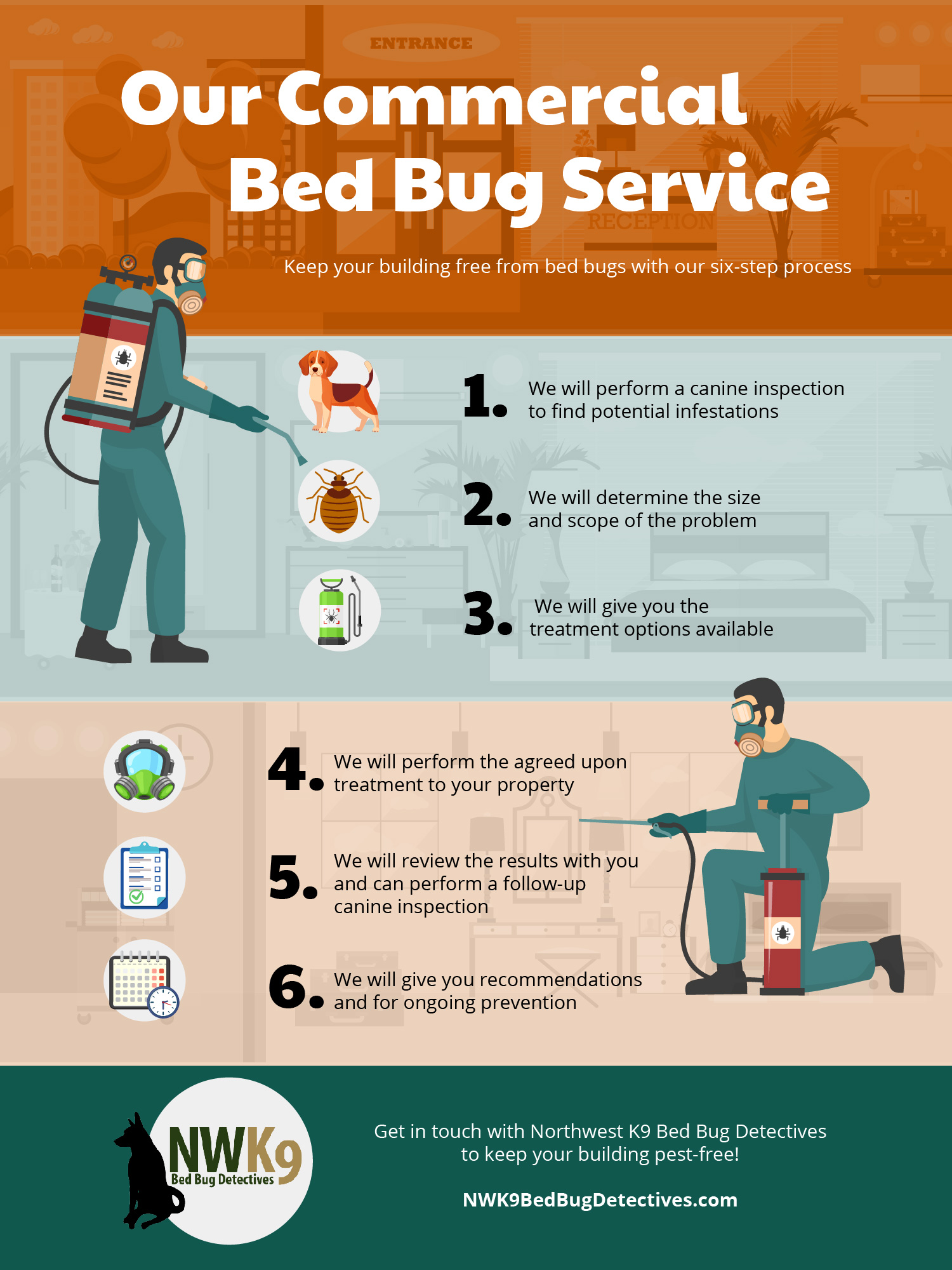Bed Bug Services Things To Know Before You Buy
What Does Bed Bug Services Do?
Table of Contents6 Easy Facts About Bed Bug Services ShownFacts About Bed Bug Services UncoveredA Biased View of Bed Bug ServicesBed Bug Services Fundamentals Explained
An expert-conducted bed bug inspection is far more detailed than a casual glance and requires specialized knowledge. Bed bugs are small, elusive, and adept at hiding that often dwell in small hiding places in furniture and walls. Because of their secretive nature, detailed examination is necessary to determine the presence and extent of an infestation. Professional inspectors employ a range of techniques, tools, and expertise to locate pests effectively, stopping infestations from worsening.The first step in the inspection process involves knowing the habits and life cycle of bed bugs. Bed bugs belong to the order Hemiptera and experience multiple nymph stages before reaching adulthood. Adults are oval, flat, reddish-brown insects that lack wings and have long legs and antennae. Their feeding apparatus injects anticoagulants while drawing blood, often causing red, itchy welts on hosts. Knowing these traits helps inspectors anticipate hiding spots.
Early detection is critical for effective management. Professionals search for telltale signs such as tiny ink-like droppings, molted skins, and egg clusters (Bed Bug Services). Even one female can produce dozens of eggs quickly, potentially causing full-blown infestations. Evidence of shed exoskeletons or leftover eggs signals ongoing activity and demands thorough examination
Preparing for an inspection requires attention to detail. Inspectors often advise removing items that block access, which makes it easier to inspect furniture and wall edges. Bedding and linens may be cleaned thoroughly and sealed in plastic bags, and then stored in sealed bags to prevent re-infestation. Wall decor, mirrors, and pictures should be taken down to check hiding places. Vacuuming furniture and floors may capture visible bugs and eggs, and vacuum bags should be emptied in a secure location.
The Ultimate Guide To Bed Bug Services
The inspection itself is systematic and thorough. Inspectors start with beds and adjacent furniture, looking closely at creases, joints, and folds. Upholstered furniture, including seating furniture, is carefully examined, with attention to seams and cushions. Baseboards, moldings, the edges of wall-to-wall carpeting, electrical outlets, closets, and storage areas are also included in the inspection, as these can be frequent hiding places.
Specialized tools improve inspection effectiveness. Flashlights, magnifying lenses, multi-tools, and mirrors provide visibility in crevices and corners. Monitoring devices like interceptor traps or sticky pads aid in identifying infestation trends. Some companies use detection dogs, which accurately identify active infestations, distinguishing them from old evidence.

Meticulous documentation is a key component. Inspectors document all signs, infestation levels, and suggested measures. This ensures sites accountability and facilitates discussion with residents. Residents are often advised not to remove blood-stained sheets or vacuum infested areas, as this ensures accurate results.
After inspection, a you could try these out monitoring plan may be implemented to verify infestations and observe trends. Continuous monitoring detects reinfestation, and collecting feedback from occupants supplements physical inspection. Cooperation from residents ensures accuracy.
Some Known Facts About Bed Bug Services.

Professional inspections are more reliable than self-inspections. Trained inspectors know what to look for and where, ensure the correct pest is addressed, and give peace of mind.
Bed bug inspections are particularly important in places where infestations spread easily. Inspectors examine adjacent units, common areas, and shared furniture to confirm complete assessment (Bed Bug Services). This supports comprehensive control
In summary, a professional bed bug inspection involves understanding bed bug biology, preparing the space, conducting systematic inspections, using specialized tools, documenting findings, and implementing monitoring protocols. Each step contributes to accurate detection, effective treatment planning, and long-term prevention.
3 Easy Facts About Bed Bug Services Shown
